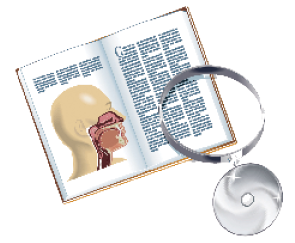 TRIO Best Practice articles are brief, structured reviews designed to provide the busy clinician with a handy outline and reference for day-to-day clinical decision making. The ENTtoday summaries below include the Background and Best Practice sections of the original article. To view the complete Laryngoscope articles free of charge, visit Laryngoscope.com.
TRIO Best Practice articles are brief, structured reviews designed to provide the busy clinician with a handy outline and reference for day-to-day clinical decision making. The ENTtoday summaries below include the Background and Best Practice sections of the original article. To view the complete Laryngoscope articles free of charge, visit Laryngoscope.com.
Explore This Issue
July 2015Background
Since their introduction, electrocautery and laser technologies have become indispensable for surgical intervention. Unfortunately, the smoke plumes produced by using these techniques contain numerous substances harmful to those who inhale them due to their toxic nature, particulate size, and byproducts. Literature exists describing the dangers of surgical smoke, yet surgeons—including otolarygologists—often do not take adequate precautions to protect themselves and others in the operating room (OR). In this Triological Society Best Practice review, we examine the risks associated with surgical smoke inhalation and the recommended precautions for surgical staff.
Best Practice
As surgeons, we should take into consideration our health and the health of the surgical staff when using techniques that produce smoke plumes. Current recommendations can be found on many institutional websites and include the use of PPE such as laser masks, proper OR design such as effective filtration systems, and smoke evacuation with the appropriate devices. Standardized, evidence-based guidelines and legal mandates should be instated to increase compliance. Long-term health outcomes of physicians and other surgical staff should be followed to determine if these protective measures are sufficient for the protection and prevention of surgical smoke-related pathology (Laryngoscope. 2014;124:2213-2215).